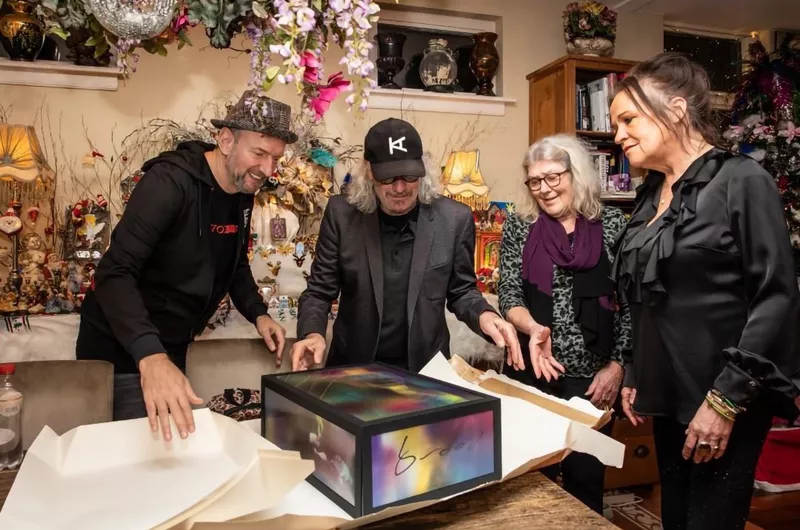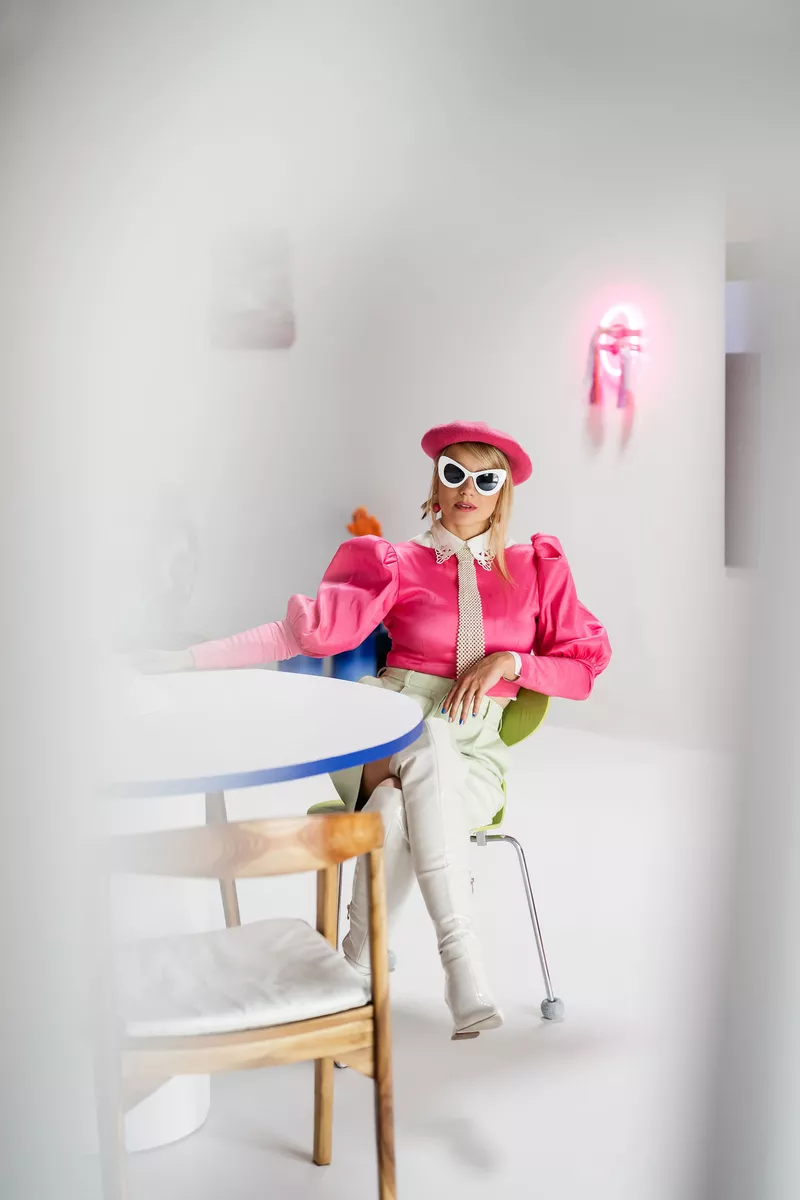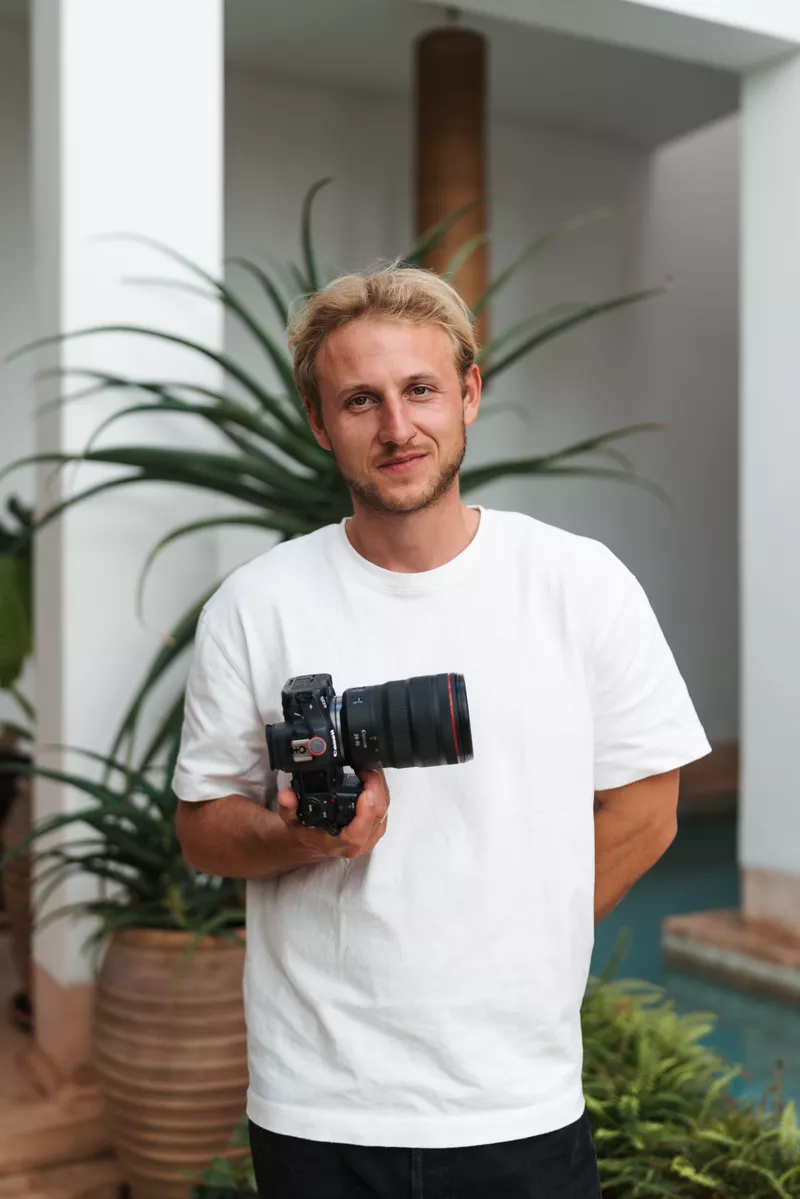
As an applied artist, you answer a question
After their final exams, Artemis students are ready for practice. This is because the academy does not train autonomous artists but applied artists, who are 'in the service of'. Hence the strong focus on ideation. After all, visual communication is not only, as teacher Bob van Dijk puts it, 'the sauce', it is always preceded by conceptual thinking: “I pay a lot of attention to articulating certain choices in the design, so that the client understands which way it is going. The next step is then visual refinement.”
What should our students learn and why?
From Design Thinking, I teach students to use creativity in different ways, so not just from one vision. Ideas take us further and you need people who question things, who start a dialogue instead of just a monologue, and that is also allowed to create friction. My strength as a Visual Communication teacher is to stimulate this concept thinking and to help translate it aesthetically. The nice thing about Artemis is that you are allowed to make mistakes. We evaluate and discuss these with each other and that leads to improvement. In fact, I actively challenge students in this, already during the ideation process, for example, because not everyone dares to share them. I often ask questions and hope to teach them that it is important within visual communication to flesh out ideas in interesting and innovative ways.
I may have over 25 years of experience, but I don't necessarily always know better. If I remain open to further development myself, I can get more out of the students. I empathise with the students’ perspective, try to understand them, find a connection and adapt the lectures accordingly. In other words, we learn from each other. All this creates the freedom to try, so that a student is less concerned with trying to please me, for example. Or gets stuck and doesn't grow. In my view, this will only make the work better; the smaller your ego, the easier it is to adapt, change and absorb things.
Creative yet realistic
As an applied artist, you must be able to respond to the zeitgeist and needs of people, the market or society. Artemis is substantively strong and realistic in this, a lot of time is spent on the creative concept, planning and trend research. Of course, there is room for individual creativity in the visual execution, and you should utilise that, but the basis is that you are always in the service of the other person. I believe in being autonomous, but when you work as an applied artist you are asked a question and you must have a comprehensible answer to it; there must be a bridge to the client’s objective. This basis ensures that our students are armed to the teeth when they start an internship, job or decide to become self-employed.
Bob van Dijk (55) teaches Visual Communication at Artemis and works from his studio Fool of Ideas: bobvandijkstudio.com.
Business Network
OUR CONTACTS IN THE CREATIVE INDUSTRY
Learn more about which companies and professionals Artemis Academie collaborates with. There are inspiring guest lectures, amazing internships and excellent mentors from the field.
BECOME PART OF THE ARTEMIS BUSINESS NETWORK
It works both ways.
Share your experience and stories with a hungry new generation. You get sharp questions and fresh perspectives in return. Contact us for a collaboration, internship, case study, position as a guest lecturer or a lecture.


Alumni network
PART OF SOMETHING BIGGER
Our alumni work in the most inspiring and varied places in the creative industry. Wondering where you might end up someday? Read more about how our alumni experience the study programme, internships and their current work.






























